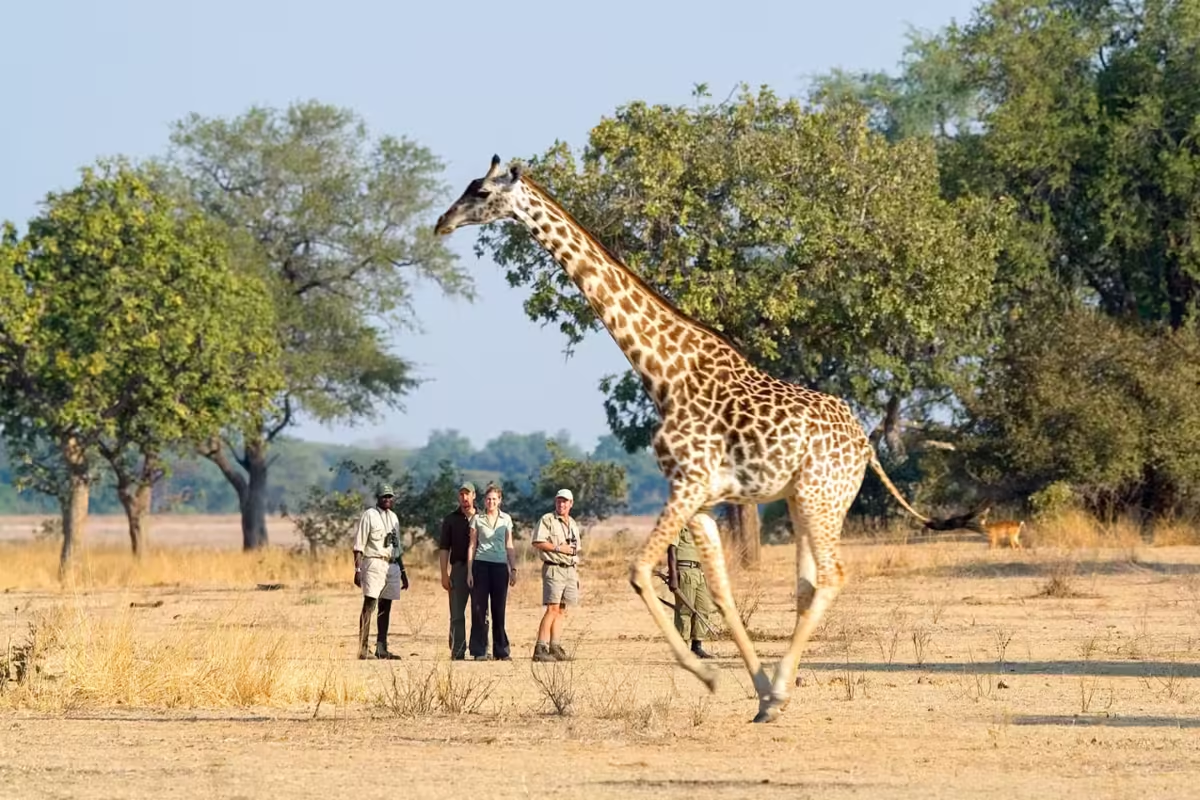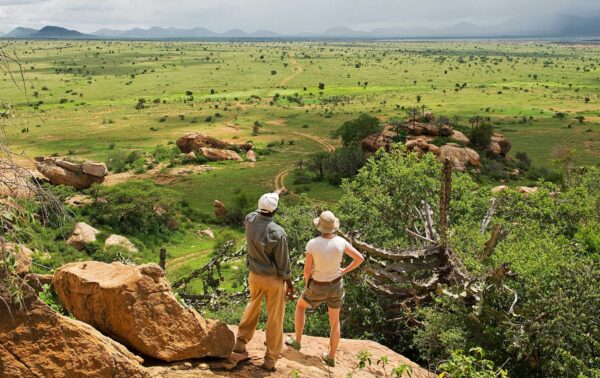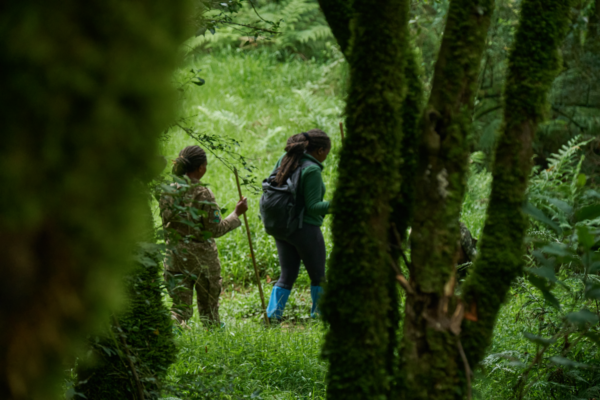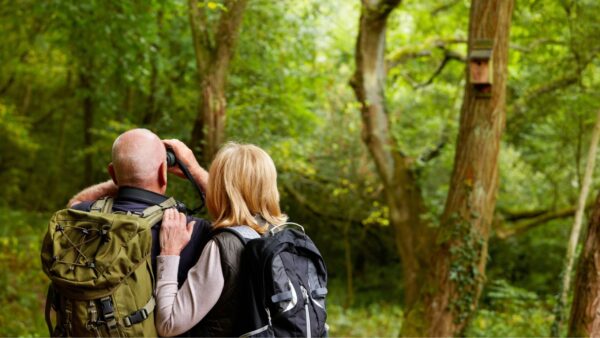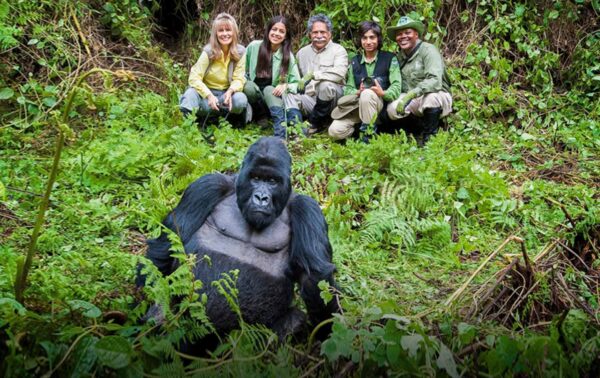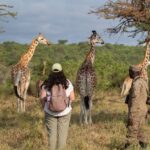
Are Armed Rangers Available During Walking Safaris in Uganda?
November 17, 2025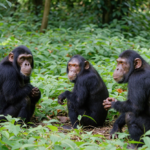
What Time Does Chimpanzee Tracking Start in Uganda?
November 17, 2025What Time of Day Are Walking Safaris Usually Done?
What time of day are walking safaris usually done, and why does timing matter for your Uganda Safaris adventure? Walking safaris in Uganda provide a unique, immersive way to experience the country’s rich biodiversity and pristine landscapes. Unlike game drives that rely on vehicles, walking safaris allow travelers to engage directly with the environment, observing wildlife, birds, plants, and cultural elements at an intimate level. The time of day when these safaris are conducted significantly influences the wildlife sightings, the comfort of travelers, and the overall quality of the Uganda Wildlife Safaris experience.
Renai Safaris specializes in curating walking safaris that integrate Uganda Gorilla Trekking Safaris, Uganda Birding Safaris, Uganda Chimpanzee Safaris, and Uganda Cultural Safaris. By carefully scheduling walking safaris according to wildlife activity and environmental conditions, visitors can maximize both adventure and safety. Typically, walking safaris are conducted in the early morning or late afternoon, times when wildlife is most active, temperatures are cooler, and forest trails are easier to navigate. These timings not only enhance chances of observing elusive species but also allow for encounters with birds and primates in their natural habitats.
Moreover, walking safaris can be combined with Uganda Gorilla Trekking Safaris to create a comprehensive wildlife itinerary. Early morning walks can be followed by gorilla trekking in Bwindi Impenetrable Forest, while late afternoon excursions may include birding or cultural visits to nearby communities. Understanding what time of day walking safaris are usually done helps travelers plan Uganda Best Safaris itineraries that balance adventure, wildlife viewing, and cultural enrichment.
Why Are Walking Safaris Typically Done in the Early Morning?
What time of day are walking safaris usually done, and why is the early morning ideal? Early morning is the most preferred time for walking safaris because wildlife is generally more active at this time. Temperatures are cooler, the forest is quieter, and animals such as elephants, buffalo, antelope, and primates are often seen foraging, moving between feeding grounds, or engaging in social behaviors.
Early morning walking safaris are particularly advantageous for Uganda Birding Safaris. Birds are highly active during dawn, singing and feeding, which provides exceptional opportunities for birdwatching and photography. Rare and endemic species, such as the shoebill stork, malachite kingfisher, and various hornbills, are easier to spot during the early hours. Guides from Renai Safaris also use this time to teach travelers how to read animal tracks, observe subtle ecological interactions, and appreciate the forest’s natural rhythms.
In addition, early morning walks provide a serene atmosphere for cultural experiences. Many local communities start their day early, and walking safaris may include encounters with farmers tending to crops or traditional craftsmen at work. Combining an early morning walking safari with Uganda Gorilla Trekking Safaris allows travelers to engage with both wildlife and culture in a structured yet immersive itinerary. This timing ensures that guests experience Uganda Safaris in a way that is both rewarding and environmentally conscious.
Are Afternoon Walking Safaris Advantageous?
What time of day are walking safaris usually done, and can late afternoon excursions provide unique experiences? Afternoon walking safaris offer a different set of advantages compared to morning walks. During the late afternoon, temperatures are often slightly cooler than midday, and some wildlife species emerge from shade or waterholes to feed or socialize. This period provides a golden light for photography and a relaxed atmosphere for immersive observation.
Afternoon walking safaris can also complement Uganda Chimpanzee Safaris or Uganda Gorilla Trekking Safaris in full-day itineraries. After a morning gorilla trek, travelers may enjoy an afternoon walk focusing on smaller wildlife, birding, or forest ecology. Renai Safaris designs these itineraries to ensure a seamless transition between primate tracking, birdwatching, and walking safari activities. Cultural engagement is also enhanced in the afternoon, as guides may lead guests to nearby villages for storytelling, music, or traditional demonstrations, offering a holistic Uganda Cultural Safari experience.
Moreover, afternoon walks are ideal for photographers seeking dynamic lighting conditions, capturing wildlife silhouettes, or forest landscapes. By understanding what time of day walking safaris are usually done, travelers can strategically plan their schedules to optimize sightings, comfort, and engagement with both wildlife and local communities, thereby enhancing Uganda Best Safaris experiences.
How Does Wildlife Behavior Influence Walking Safari Timings?
What time of day are walking safaris usually done, and how does wildlife behavior dictate scheduling? Wildlife activity patterns, or diurnal rhythms, strongly influence when walking safaris are conducted. Most large mammals and primates are diurnal, meaning they are active during the day and rest at night. Early morning and late afternoon coincide with peak activity periods, increasing chances of sightings and interactive experiences.
Chimpanzees, a highlight of Uganda Chimpanzee Safaris, are particularly active during these periods. Early morning treks reveal chimpanzees leaving their nests, foraging, and socializing, while late afternoon provides opportunities to observe feeding behaviors and group dynamics before they settle for the night. Renai Safaris ensures that walking safaris are timed to maximize these natural behaviors while minimizing disturbance.
Bird activity also peaks during dawn and dusk, making early morning and late afternoon ideal for Uganda Birding Safaris. Endemic species, migratory birds, and raptors can be observed more effectively, adding diversity to the walking safari experience. Combining these walks with Uganda Gorilla Trekking Safaris allows travelers to witness both ground-dwelling and arboreal wildlife, creating a multi-layered Uganda Wildlife Safari that balances adventure, education, and cultural insight.
Can Walking Safaris Be Done at Midday?
What time of day are walking safaris usually done, and is it feasible to explore during midday? While possible, midday walking safaris are less common due to higher temperatures, increased risk of dehydration, and lower wildlife activity. Animals often rest in shaded areas during the hottest hours, making sightings less frequent. Additionally, dense forests can become challenging to navigate comfortably under direct sunlight.
However, midday walks can focus on specific activities such as birding, plant identification, or cultural engagement with nearby communities. Renai Safaris may design these excursions to include shaded trails, interpretive stops, and resting points, ensuring guest comfort while maintaining the educational and immersive value of Uganda Safaris. These walks can also be combined with Uganda Gorilla Trekking Safaris scheduled earlier in the morning, allowing a full-day itinerary that balances primate tracking, walking exploration, and cultural experiences.
Midday walks may also offer opportunities to study smaller wildlife, insects, and unique forest ecology that are often missed during more active periods. Understanding what time of day walking safaris are usually done helps travelers set realistic expectations and select activities that align with their fitness levels, interests, and Uganda Best Safaris goals.
How Do Walking Safaris Complement Gorilla and Chimpanzee Safaris?
What time of day are walking safaris usually done, and how can they be integrated with Uganda Gorilla Trekking Safaris or Uganda Chimpanzee Safaris? Early morning and late afternoon walking safaris perfectly complement primate tracking itineraries. For example, travelers may start with an early morning gorilla trek in Bwindi or Mgahinga, followed by an afternoon walking safari focusing on forest trails, birding, and wildlife tracking. This combination ensures diverse wildlife exposure, from large mammals and primates to smaller forest species.
Walking safaris also enhance cultural engagement. Guides share insights into local forest-dependent communities, traditional practices, and conservation initiatives. Visitors may witness local farming methods, forest crafts, or storytelling sessions, providing context to Uganda Cultural Safaris while supporting sustainable tourism. Integrating walking safaris with Uganda Gorilla Trekking Safaris also emphasizes responsible tourism, allowing guests to experience wildlife at optimal times while minimizing ecological impact.
Renai Safaris ensures that every walking safari is led by experienced guides who tailor the pace, route, and timing to guest preferences, wildlife activity, and weather conditions. By understanding what time of day walking safaris are usually done, travelers can plan Uganda Best Safaris itineraries that maximize wildlife encounters, cultural learning, and unforgettable adventure.
Conclusion: Timing Matters for an Immersive Safari Experience
What time of day are walking safaris usually done, and why is this critical for planning Uganda Safaris? Walking safaris are typically conducted in the early morning or late afternoon to align with wildlife activity, optimal lighting, and guest comfort. Early morning walks capture peak wildlife and bird activity, while late afternoon excursions provide unique lighting, relaxed atmospheres, and additional opportunities for cultural engagement. Midday walks are less common but can focus on ecological learning, birding, or cultural interactions.
Combining walking safaris with Uganda Gorilla Trekking Safaris, Uganda Chimpanzee Safaris, Uganda Birding Safaris, and Uganda Cultural Safaris ensures a holistic Uganda Best Safaris experience. Renai Safaris emphasizes safety, expert guidance, and responsible tourism, making walking safaris an immersive, educational, and unforgettable adventure. Understanding the timing of walking safaris enables travelers to optimize wildlife sightings, maximize comfort, and create meaningful encounters with Uganda’s extraordinary natural and cultural landscapes.
Whether trekking through Bwindi’s misty forests, observing chimpanzees in Kibale, or exploring bird-rich wetlands, knowing what time of day walking safaris are usually done ensures travelers enjoy the best Uganda Wildlife Safaris experiences. By combining timing, expert guidance, and diverse activities, Renai Safaris delivers a premium, well-rounded adventure that showcases the unique richness of Uganda’s wildlife, culture, and natural beauty.

